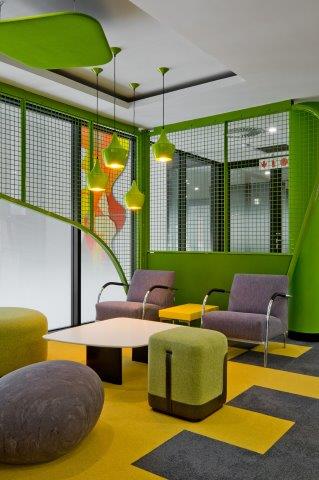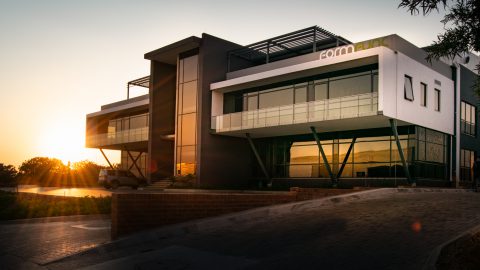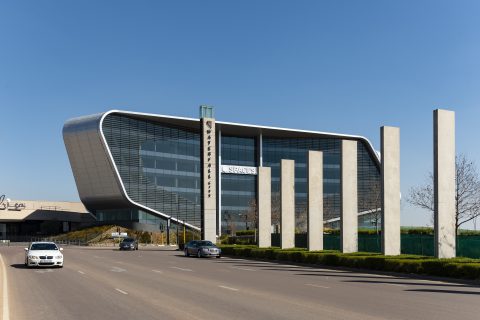Financial Mail Office PR
Combining Natural Daylight, Artificial Lighting In Office Fit-Outs
This is because improved workplace lighting, in terms of both natural daylight and artificial light, has been linked to a 15% reduction in absenteeism in office environments. Related studies have reported productivity increases from 2.8% to 20% attributable to optimum lighting levels.
An example of the importance of lighting was Trend Group’s fit-out for Oracle South Africa’s new headquarters in Woodmead Office Park. Here the client had strict lux requirements for the different areas. This ranged from operational (white light) to ambient conditions (natural lights) in the collaborative spaces and other private and breakaway areas. The lighting installation is also future-proofed in that it has been integrated into the Building Management System (BMS).
In conjunction with RWP Taemane, Trend Group conducted a lux calculation for each floor to ensure that all client requirements were adhered to. Pendants were also incorporated, especially in the collaboration areas, which served the dual purpose of lighting and providing acoustic properties. All the lighting is LED for maximum energy-efficiency, including feature lighting in the form of LED strip lighting.

“The lighting intent was to supplement any shortfall from the natural lighting. There is a lot of glazing on the building, which admits a great deal of natural light. Hence it was just a matter of determining where this infiltrated to the required level,” Trend Group Technical Designer Nicola Bridge explains. Motion sensors control the lighting, switching on and off automatically whenever there are occupants in an area.
Automatic blinds were installed on the ground floor, front-of-house, and restaurant areas, with manual blinds on the upper levels. “We collaborated closely with the lighting engineer. Basically, we designed the lighting intent, and then they took it onboard to make it compliant and energy-sufficient, and ensuring it meets all the local requirements and building standards.
“It all links back to comfort, and ensuring people are comfortable within the workspace, without suffering eye strain or either being over-stimulated due to the lighting,” Bridge highlights. In architecture this is termed biophilic design, which incorporates natural materials, natural light, vegetation, nature views, and other experiences of the natural world into the modern built environment. It has been reported to reduce employee stress levels, enhance creativity and innovation, and improve general well-being.
Such trends are becoming increasingly relevant, especially considering that employees spend 90% of their time indoors. Biophilic design goes far beyond merely adding pot plants to an office environment, but requires architects and interior designers to incorporate natural elements wherever they can.
The impact on lighting in office-space design has been an increased use of daylight, in addition to the use of softer or accentuated lighting. This complements the latest trend of agile or shared workspaces, which have replaced the traditional windowless cubicles with fluorescent lighting.
Visit: www.trendgroup.co.za.







 Sign-up and receive the Business Media MAGS newsletter OR SA Mining newsletter straight to your inbox.
Sign-up and receive the Business Media MAGS newsletter OR SA Mining newsletter straight to your inbox.